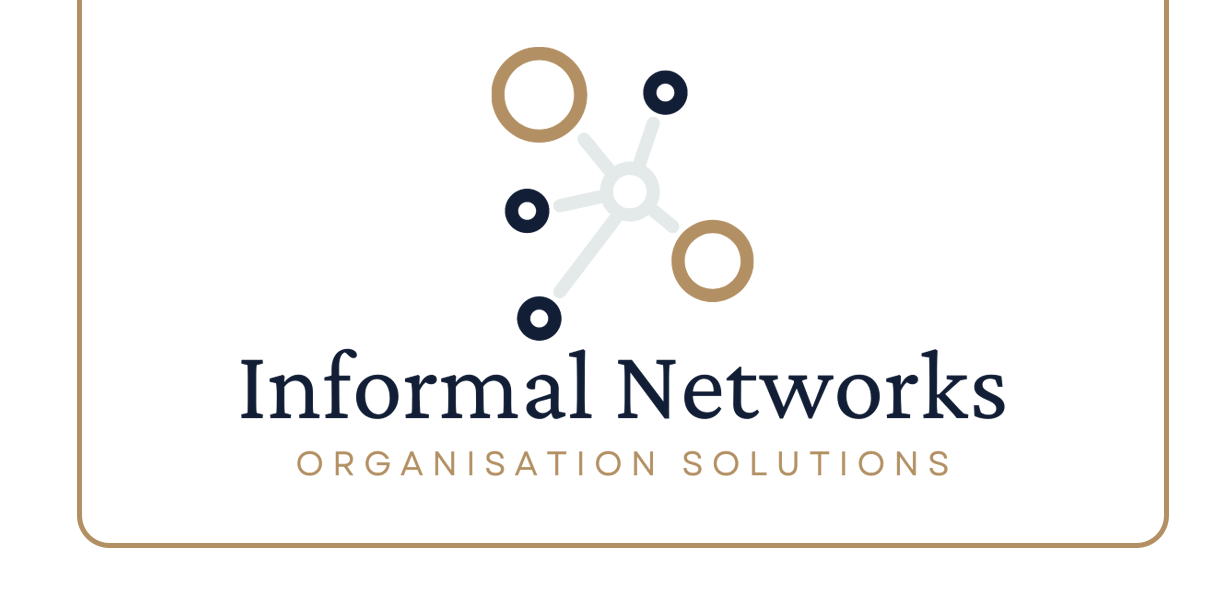“People don’t resist change. They resist being changed.” -Peter Senge
Peter Senge, that well-respected management writer, systems scientist and architect of the learning organisation, makes a very good and thoughtful point. Resistance to change comes not from people’s inherent reluctance – though there is always an element of that – but from having change thrust upon them: that’s what people resist. If we understand the logic and imperative for change, and we can see that others are also committed, then our reluctance to ‘being changed’ dilutes and we start to be ‘on board’.
OK. So you’re the chief executive, divisional director or departmental manager who recognises the business imperative to introduce a major change programme to the organisation. Given the appalling and well-documented track record of unsuccessful implementation programmes, how are you going to embark on this exercise?
Firstly, recognise that you can’t do it alone. Of course you will be the prime encourager and driver behind the change, but getting people to accept and change their behaviours – which is ultimately what this is all about – is another matter. You can offer up ideas, visions and instructions through your formal organisational hierarchy, but that doesn’t wash further down the chain of command.
You need to understand that there is a parallel informal organisation that runs alongside the formal hierarchy: the social networks, the colleagues, the people that people go to for advice and guidance. Rarely recognised and often low in the formal organisation, these people are recognised within their networks and wield the greatest influence within their peer groups. And these are the people you need to make your change happen. Bring them into the programme, and see the remarkable impact on the organisation.
To summarise, identify these people, bring them into change programmes and then see how they will influence the informal networks to change behaviours that will ensure the success of whatever programme you’re trying to implement. Yes it’s challenging, but my goodness, it works.
So, returning to Peter Senge’s quote, use influencers to address people’s resistance to ‘being changed’.
